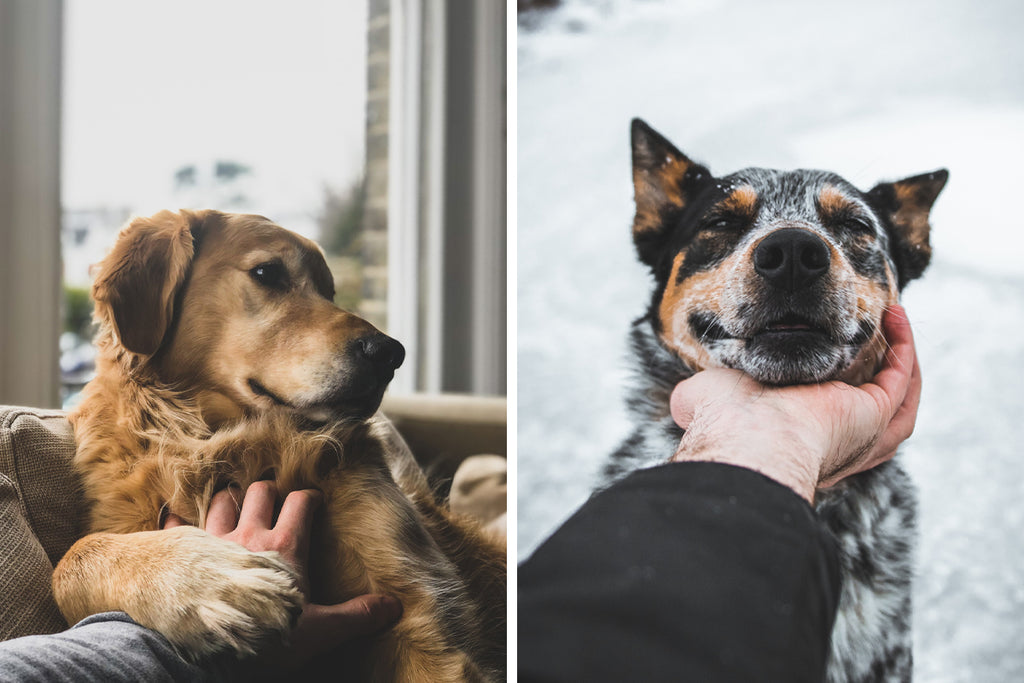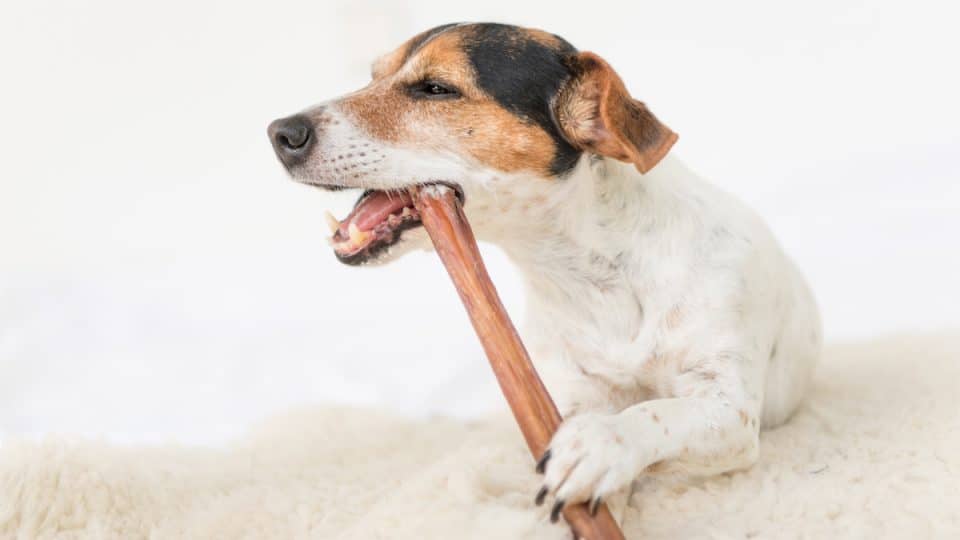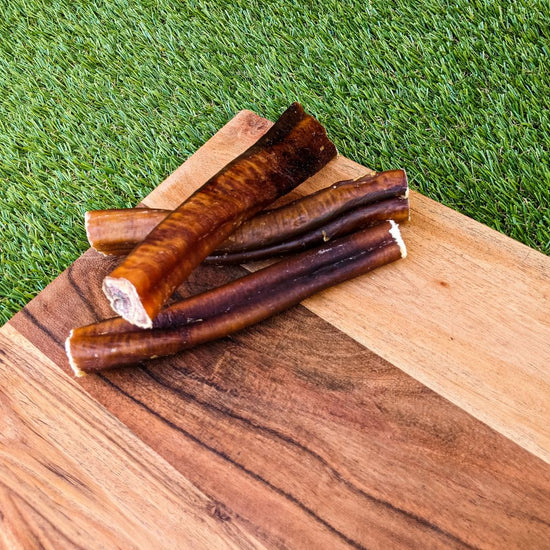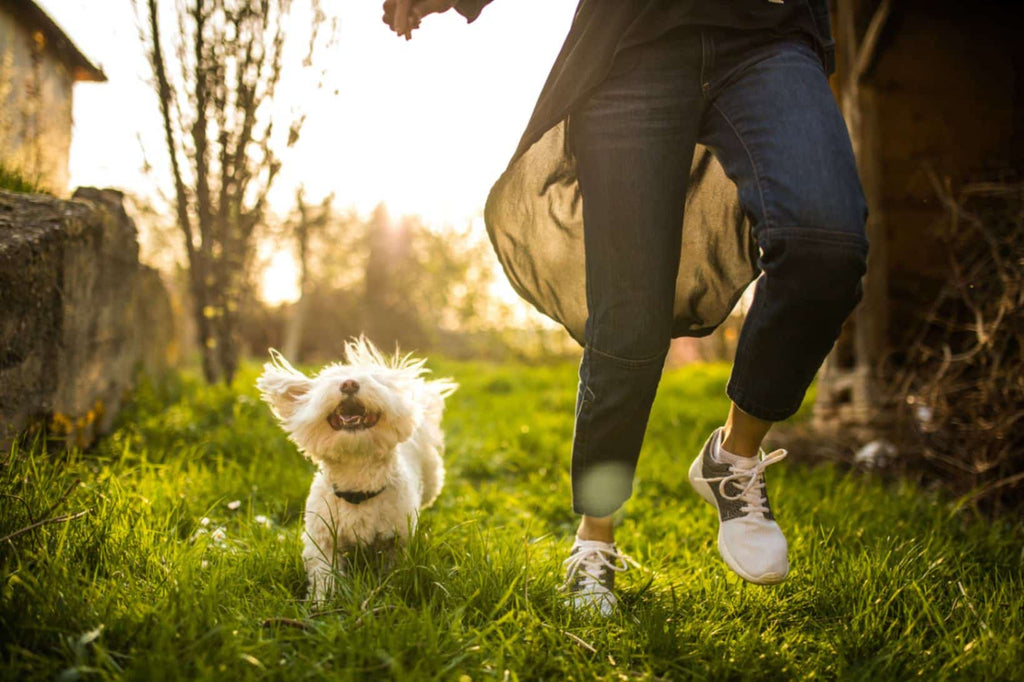
The Ultimate Guide to Raising a Happy and Healthy Dog: Nutrition, Training, Exercise, and Health Care

Raising a happy and healthy dog involves a comprehensive approach that includes proper nutrition, consistent training, regular exercise, and diligent health care. This guide covers all aspects of dog care, ensuring your furry friend enjoys a long and fulfilling life. We'll delve into canine nutrition, effective training techniques, exercise routines, and essential health care practices, providing you with the knowledge and tools to be the best pet parent possible.
Section 1: Canine Nutrition
1. Understanding Canine Nutritional Needs: Dogs require a balanced diet that includes proteins, fats, carbohydrates, vitamins, and minerals. Each nutrient plays a crucial role in your dog's overall health:
- Proteins: Essential for growth, muscle development, and tissue repair. Sources include meat, fish, eggs, and legumes.
- Fats: Provide energy and support healthy skin and coat. Sources include fish oil, chicken fat, and flaxseed.
- Carbohydrates: Supply energy and support digestive health. Sources include grains, vegetables, and fruits.
- Vitamins and Minerals: Vital for metabolic functions, immune health, and bone strength. Ensure your dog’s diet includes a variety of foods to cover these nutrients.
2. Choosing the Right Dog Food:
-
Types of Dog Food: There are several types of dog food, each with its advantages and disadvantages:
- Dry Kibble: Convenient and shelf-stable. Look for high-quality kibble with meat as the first ingredient.
- Wet Food: Higher moisture content, which can be beneficial for hydration. Choose brands with natural ingredients and no artificial additives.
- Raw Diet: Comprises raw meat, bones, fruits, and vegetables. Consult your vet before switching to a raw diet to ensure it meets all nutritional needs.
- Homemade Diet: Allows control over ingredients but requires careful planning to ensure a balanced diet. Work with a veterinary nutritionist to develop recipes.
3. Reading Dog Food Labels: Understanding dog food labels is crucial for selecting a nutritious diet:
- Ingredients List: Look for named protein sources (e.g., chicken, beef) as the first ingredient. Avoid foods with generic terms like “meat meal” or “animal by-products.”
- Guaranteed Analysis: Provides nutrient percentages. Ensure the food meets the minimum requirements for protein and fat.
- AAFCO Statement: Indicates the food meets the nutritional standards set by the Association of American Feed Control Officials (AAFCO) for your dog’s life stage.
4. Special Dietary Needs: Some dogs have special dietary requirements due to health conditions:
- Allergies: If your dog has food allergies, opt for hypoallergenic diets with novel protein sources like duck or venison.
- Weight Management: Choose low-calorie, high-fiber foods for weight control.
- Joint Health: Foods with added glucosamine and chondroitin support joint health in older dogs.
Section 2: Effective Training Techniques
1. Positive Reinforcement: Positive reinforcement involves rewarding your dog for desired behavior, encouraging them to repeat it. Rewards can include treats, praise, and playtime. This technique builds trust and fosters a positive learning environment.
2. Consistency: Consistency is crucial for successful training. Use the same commands and rewards each time, and ensure all family members follow the same approach. Inconsistent signals can confuse your dog and hinder progress.
3. Timing: Timing is essential in dog training. Reward your dog immediately after they perform the desired behavior to reinforce the connection between the action and the reward.
4. Patience: Training takes time and patience. Avoid punishing your dog for mistakes; instead, calmly guide them towards the correct behavior and reward their efforts.
5. Socialization: Expose your dog to various environments, people, and other animals from a young age. Socialization helps prevent fear and aggression, making your dog more adaptable and well-behaved.
6. Basic Commands: Start with basic commands such as "sit," "stay," "come," and "heel." These commands form the foundation for good behavior and control in various situations.
7. Crate Training: Crate training involves teaching your dog to accept a crate as a safe, comfortable space. It aids in housebreaking, prevents destructive behavior, and provides a secure place for your dog to rest.
8. Leash Training: Leash training teaches your dog to walk calmly on a leash without pulling. It is crucial for safe, enjoyable walks and helps establish control in public settings.
Section 3: Regular Exercise for Your Dog
1. Importance of Exercise: Regular exercise is vital for your dog's physical and mental health. It helps maintain a healthy weight, reduces the risk of diseases, and provides mental stimulation.
2. Types of Exercise:
- Walking: Aim for at least 30 minutes of walking daily, adjusting the duration based on your dog’s age, breed, and energy level.
- Running and Jogging: For more active breeds, running or jogging can be an excellent way to burn off excess energy.
- Fetch: Playing fetch encourages your dog to run and chase, improving their agility and coordination.
- Swimming: A low-impact exercise beneficial for dogs with joint problems or arthritis. Always supervise your dog while swimming.
- Agility Training: Navigating an obstacle course provides physical and mental stimulation, improving your dog’s coordination and focus.
- Interactive Toys and Puzzles: Keep your dog mentally stimulated while encouraging physical activity.
3. Exercise Tips:
- Consider Your Dog’s Age and Health: Adjust the type and intensity of exercise based on your dog’s age and health condition.
- Be Mindful of Weather Conditions: Avoid vigorous activities during extreme temperatures to prevent heatstroke or frostbite.
- Use Appropriate Gear: Ensure your dog is wearing a comfortable collar or harness and a sturdy leash.
- Provide Plenty of Water: Always have fresh water available for your dog, especially during and after exercise.
- Monitor Your Dog’s Behavior: Pay attention to signs of fatigue or discomfort, and allow your dog to rest if needed.
Section 4: Essential Health Care Practices
1. Regular Veterinary Check-Ups: Routine veterinary visits are essential for monitoring your dog’s health and catching potential issues early. Schedule at least one vet check-up per year, and more frequently for puppies and senior dogs.
2. Vaccinations: Ensure your dog is up-to-date on vaccinations to protect against common and potentially deadly diseases. Consult your vet for a vaccination schedule tailored to your dog’s needs.
3. Parasite Control: Regularly check for and prevent parasites such as fleas, ticks, and heartworms. Use vet-recommended products and maintain a clean living environment.
4. Dental Care: Maintain your dog’s oral health by brushing their teeth regularly and providing dental chews. Schedule professional dental cleanings as needed.
5. Spaying/Neutering: Consider spaying or neutering your dog to prevent unwanted litters and reduce the risk of certain health issues and behavioral problems.
6. Grooming: Regular grooming keeps your dog’s coat healthy and reduces the risk of skin problems. Brush your dog’s coat according to their breed’s needs, trim their nails, clean their ears, and bathe them as necessary.
7. Monitoring Health: Regularly check your dog for signs of illness or discomfort. Common indicators include changes in appetite, energy levels, weight, and behavior. Consult your vet if you notice anything unusual.
Conclusion
Raising a healthy and happy dog requires a holistic approach that includes proper nutrition, consistent training, regular exercise, and diligent health care. By understanding your dog’s needs and providing comprehensive care, you can ensure they lead a long, fulfilling life. Remember, being a responsible pet parent is a rewarding journey that strengthens the bond between you and your furry friend.
FAQs:
Q: How often should I take my dog to the vet? A: At least once a year for a routine check-up, and more frequently for puppies and senior dogs.
Q: What is the best diet for my dog? A: A balanced diet that includes proteins, fats, carbohydrates, vitamins, and minerals. Consult your vet for personalized recommendations.
Q: How much exercise does my dog need? A: Most dogs benefit from at least 30 minutes to 2 hours of physical activity daily, depending on their age, breed, and energy level.
Q: How can I train my dog effectively? A: Use positive reinforcement, be consistent, and start with basic commands. Socialization and patience are key to successful training.
Q: How do I keep my dog’s teeth clean? A: Regularly brush their teeth, provide dental chews, and schedule professional dental cleanings as needed.
For more detailed information and resources, you can visit The Rich Groomer, Dec's Pets, and PawPurrfect.






